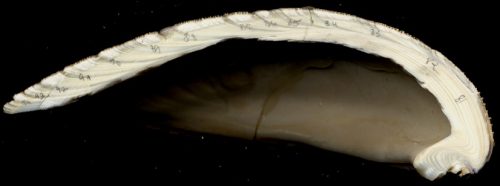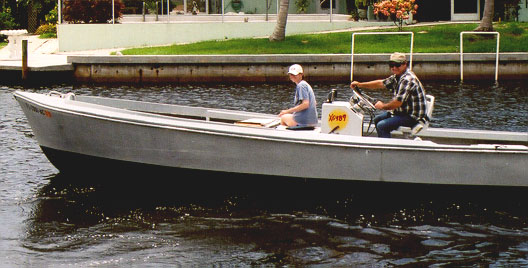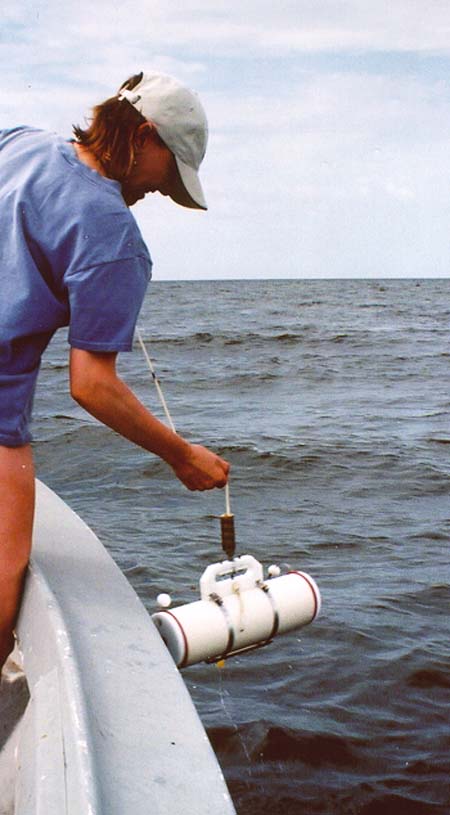People have enjoyed eating clams for centuries. But only recently have scientists learned how to read climate information from the clams’ shells.

Old shells can tell us about past climate patterns, thus helping us understand how modern trends fit into a bigger picture. One example is the current issue of how much recent climate change is due to people (burning of fossil fuels, deforestation, etc.) and how much is due to natural causes. So, where can we find pre-modern clam shells? Right! Pineland’s middens and mounds contain many ancient shells discarded long ago by the clam-loving Calusa. They range in age from AD 50 to 1500, a stretch of time known for several climate shifts that affected human history in many parts of the world.
In association with the RRC, I am studying geochemical indicators of temperature and salinity in Pineland’s quahog clam (Mercenaria campechiensis) shells. Environmental archaeologist Karen Walker has already proposed past changes based in part on the diverse animal bones and shells excavated at Pineland. Now, the chemistry of the associated clam shells can test and refine those interpretations. For example, the archaeology suggests that AD 500-650 was the coldest period for the Calusa. Preliminary results from the clam-shell chemistry show that winters during this time averaged 4° to 6°F colder than those of the historically known Little Ice Age (AD 1350-1500).
I appreciate the assistance of the Florida Museum’s Irv Quitmyer (Environmental Archaeology) and John Slapcinsky (Malacology) and of José Leal (Bailey-Matthews Shell Museum, Sanibel).
This article was taken from the Friends of the Randell Research Center Newsletter Vol 1, No. 3. December 2002.

